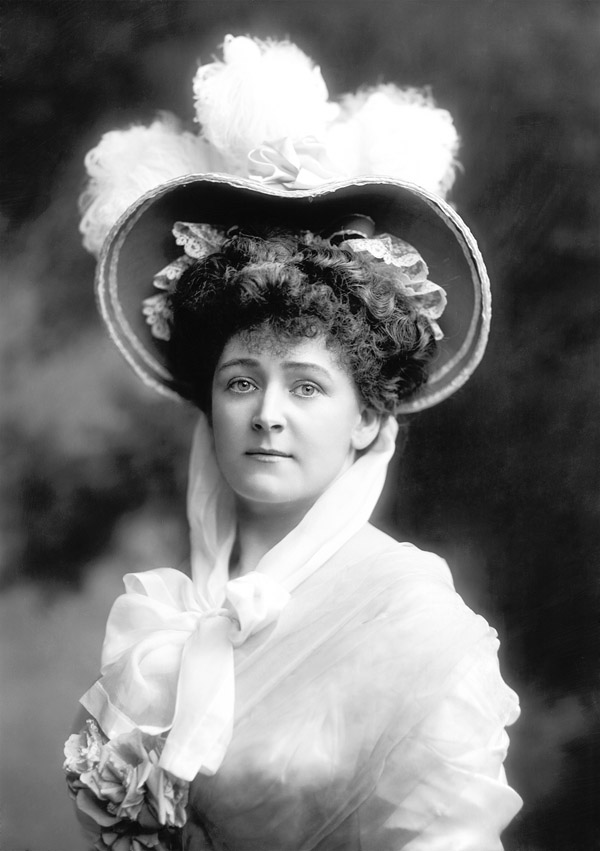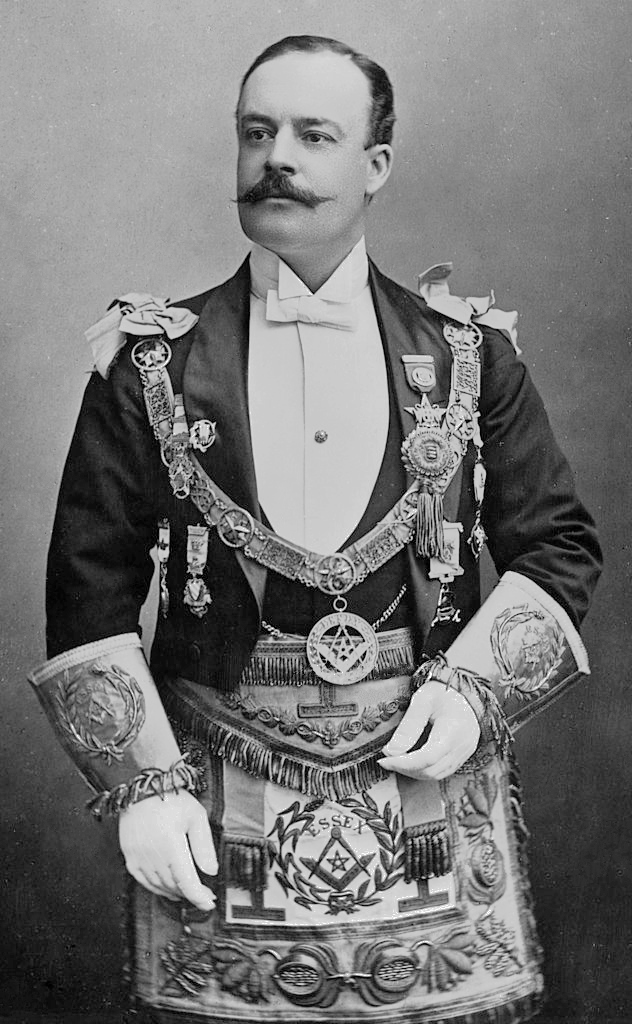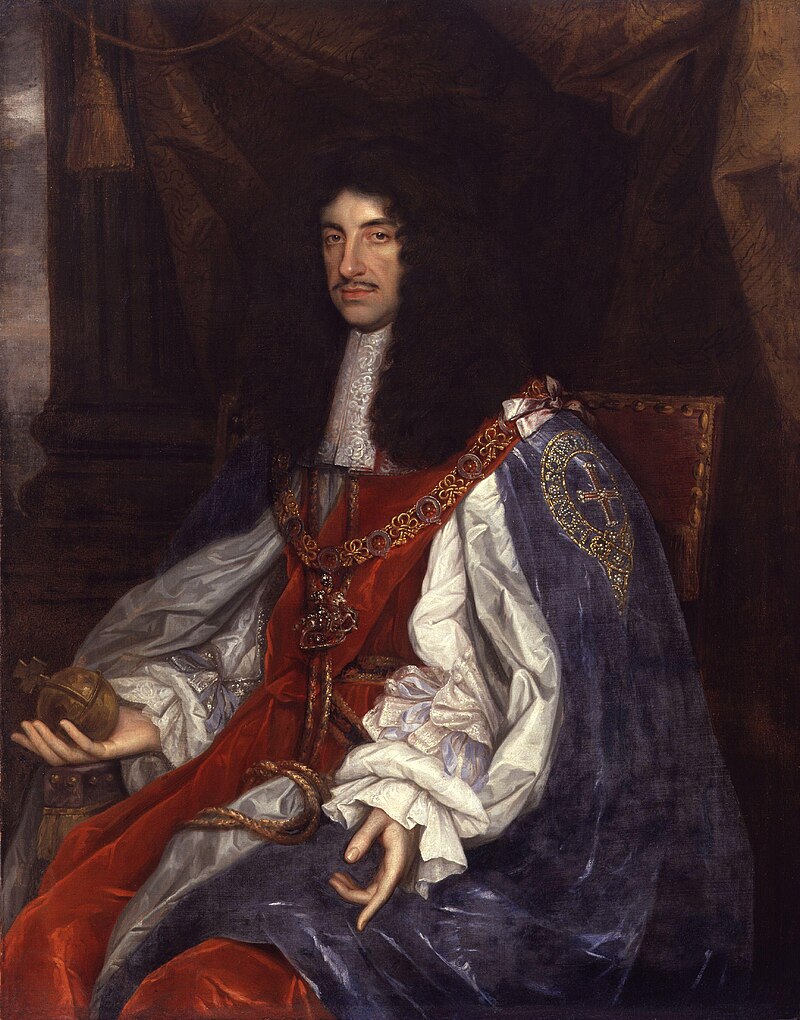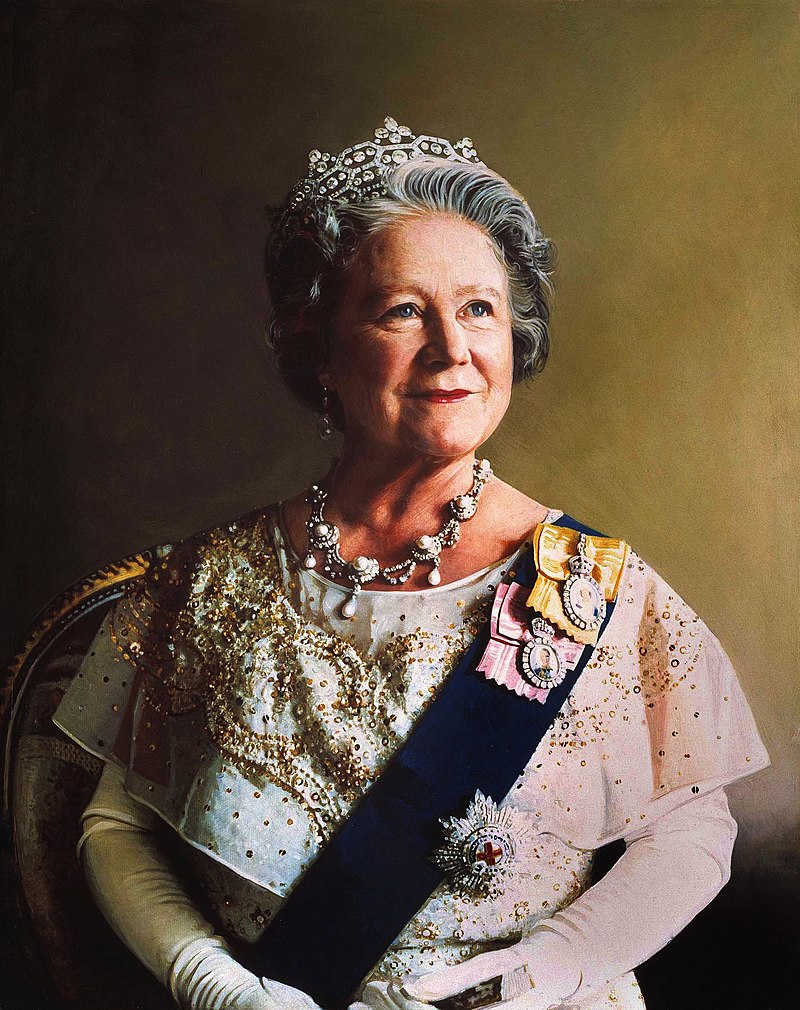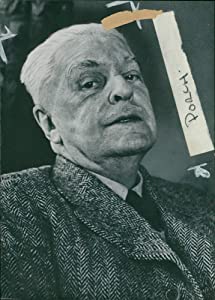by Susan Flantzer
Principality of Schwarzburg-Rudolstadt and the Principality of Schwarzburg-Sondershausen: The County of Schwarzburg was a state of the Holy Roman Empire from 1195 to 1595, when it was partitioned into Schwarzburg-Rudolstadt and Schwarzburg-Sondershausen. The new counties remained in the Holy Roman Empire until its dissolution. In 1697, the County of Schwarzburg-Sondershausen was elevated to the Principality of Schwarzburg-Sondershausen. The County of Schwarzburg-Rudolstadt was elevated to the Principality of Schwarzburg-Rudolstadt in 1710.
The death of Karl Günther, Prince of Schwarzburg-Sondershausen without an heir in 1909 caused the Principalities of Schwarzburg-Rudolstadt and Schwarzburg-Sondershausen to be united under Günther Victor, Prince of Schwarzburg-Rudolstadt in a personal union. Following his succession in Sondershausen, Prince Günther Victor dropped the name Rudolstadt from his title and assumed the title Prince of Schwarzburg.
At the end of World War I, Prince Günther Victor was the last German prince to renounce his throne, abdicating on November 22, 1918. He made an agreement with the government that awarded him an annual pension and the right to use several of the family residences. The territory that encompassed the Principalities of Schwarzburg-Rudolstadt and Schwarzburg-Sondershausen is now located in the German state of Thuringia.
********************
Born on April 30, 1798, in Rudolstadt, Principality of Schwarzburg-Rudolstadt, Albrecht, Prince of Schwarzburg-Rudolstadt was the second of the four sons and the fifth of the seven children of Ludwig Friedrich II, Prince of Schwarzburg-Rudolstadt and Karoline of Hesse-Homburg. When he was nine-years-old, Albrecht’s father died and his fourteen-year-old brother Friedrich Günther became the reigning Prince of Schwarzburg-Rudolstadt. As stipulated in Ludwig Friedrich’s will, Friedrich Günther’s mother Karoline served as Regent of Schwarzburg-Rudolstadt until her son came of age in 1814.
Albrecht had six siblings but only two of his siblings survived childhood:
- Cäcilie of Schwarzburg-Rudolstadt (1792 – 1794), died in childhood
- Friedrich Günther, Prince of Schwarzburg-Rudolstadt (1793 – 1867), married (1) Princess Auguste of Anhalt-Dessau, had three children (2) Countess Helene of Reina, morganatic marriage, had two children (3) Marie Schultze, morganatic marriage, no children
- Thekla of Schwarzburg-Rudolstadt (1795 – 1861), married Otto Victor, Prince of Schönburg-Waldenburg, had nine children
- Karoline of Schwarzburg-Rudolstadt (born and died 1796), died in infancy
- Bernhard of Schwarzburg-Rudolstadt (1801 – 1816), twin of Rudolf, died in childhood
- Rudolf of Schwarzburg-Rudolstadt (1801 – 1808), twin of Bernhard, died in childhood
From October 7-9, 1806, Prince Ludwig Ferdinand of Prussia was a guest at Heidecksburg Castle (link in German) in Rudolstadt. Ludwig Ferdinand was the commander of a Prussian-Saxon vanguard during the Napoleonic Wars against Napoleon I, Emperor of the French. The soldier-prince made a great impression upon the eight-year-old Albrecht and it sparked his interest in the military. Sadly, Prince Ludwig Ferdinand of Prussia died on October 10, 1806, during the Battle of Saalfeld. Albrecht was educated by private tutors but from 1810 – 1811, he and his brother Friedrich Günther were sent to Geneva, Switzerland to perfect their French.
By the age of sixteen, Albrecht was a lieutenant in the Prussian Army. From 1814 – 1815, he served as a member of the staff of his maternal uncle Ludwig Wilhem, Landgrave of Hesse-Homburg, in the Prussian campaign against Napoleon and received the Iron Cross 2nd class for his service. During his soldier years, Albrecht was often a guest at the Prussian court, and there he met his future wife Princess Auguste of Solms-Braunfels (1804 – 1865), daughter of Prince Friedrich Wilhelm of Solms-Braunfels and Friederike of Mecklenburg-Strelitz, and niece of King Friedrich Wilhelm III of Prussia. Auguste’s mother Friederike, born a Princess of Mecklenburg-Strelitz, was by her three marriages, Princess of Prussia (married Prince Ludwig Karl, son of King Friedrich Wilhelm II of Prussia), Princess of Solms-Braunfels, and lastly Duchess of Cumberland and Queen of Hanover as the wife of Ernest Augustus, Duke of Cumberland and King of Hanover, the fifth son and eighth child of King George III if the United Kingdom.

Auguste of Solms-Braunfels; Credit – Wikipedia
Albrecht and Auguste were married on July 27, 1827, at Schönhausen Palace in Berlin, Kingdom of Prussia, now in the German state of Brandenburg. Albrecht’s wife Auguste died before he succeeded to the throne of Schwarzburg-Rudolstadt, dying on October 8, 1865, aged 61, and was buried in the Alter Friedhof/Garnisonfriedhof (Old Cemetery/Garrison Cemetery) in Rudolstadt.
The couple had four children:
- Karl (born and died 1828)
- Elisabeth (1833 – 1896), married Leopold III, Prince of Lippe, no children
- Georg Albrecht, Prince of Schwarzburg-Rudolstadt (1838 – 1890), unmarried
- Ernst Heinrich (born and died 1848)

Albrecht, Prince of Schwarzburg-Rudolstadt; Credit – Wikipedia
Upon the death of his brother Friedrich Günther, Prince of Schwarzburg-Rudolstadt, on June 28, 1867, Albrecht became the reigning Prince of Schwarzburg-Rudolstadt. All of Friedrich Günther’s sons by his first wife had predeceased him and his only son by his second wife was born from a morganatic marriage and did not have succession rights. Three days after Albrecht succeeded to the throne, the North German Confederation, the German federal state which existed from July 1867 to December 1870 and was the precursor of the German Empire, came into effect. On October 23, 1869, Albrecht dissolved the state parliament due to a dispute over planned tax increases. The state parliament was reinstated during the reign of his son Georg Albrecht.
After a reign of two years and five months, Albrecht, Prince of Schwarzburg-Rudolstadt died on November 26, 1869, aged 71, in Rudolstadt, Principality of Schwarzburg-Rudolstadt, now in the German state of Thuringia. He was buried with his wife in the Alter Friedhof/Garnisonfriedhof (Old Cemetery/Garrison Cemetery) in Rudolstadt. When that cemetery was closed sometime after 1869, the remains of Albrecht and Auguste were moved to the Schlosskirche Schwarzburg (link in German) at the Schloss Schwarzburg.

Stadtkirche St. Andreas; Credit – Wikipedia
In the early 1940s, the remains of the Schwarzburg-Rudolstadt family buried at the Schlosskirche Schwarzburg were transferred to the Stadtkirche St. Andreas (link in German) in Rudolstadt, Thuringia, Germany before the demolition of Schwarzburg Castle and Schlosskirche Schwarzburg by the German government who planned to convert the castle into Adolf Hitler’s Imperial Guest House. However, the construction was never completed and the ruins of the castle and the incomplete construction of the guest house were left for years until reconstruction of the original castle, which is still occurring, began.
This article is the intellectual property of Unofficial Royalty and is NOT TO BE COPIED, EDITED, OR POSTED IN ANY FORM ON ANOTHER WEBSITE under any circumstances. It is permissible to use a link that directs to Unofficial Royalty.
Schwarzburg-Rudolstadt Resources at Unofficial Royalty
- Principality of Schwarzburg-Rudolstadt Index
- Royal Burial Sites of the Principality of Schwarzburg-Rudolstadt
Works Cited
- De.wikipedia.org. 2020. Albert (Schwarzburg-Rudolstadt). [online] Available at: <https://de.wikipedia.org/wiki/Albert_(Schwarzburg-Rudolstadt)> [Accessed 2 November 2020].
- En.wikipedia.org. 2020. Albert, Prince Of Schwarzburg-Rudolstadt. [online] Available at: <https://en.wikipedia.org/wiki/Albert,_Prince_of_Schwarzburg-Rudolstadt> [Accessed 2 November 2020].
- Flantzer, Susan, 2020. Royal Burial Sites Of The Principality Of Schwarzburg-Rudolstadt. [online] Unofficial Royalty. Available at: <https://www.unofficialroyalty.com/royal-burial-sites/royal-burial-sites-of-the-principality-of-schwarzburg-rudolstadt/> [Accessed 20 October 2020].


